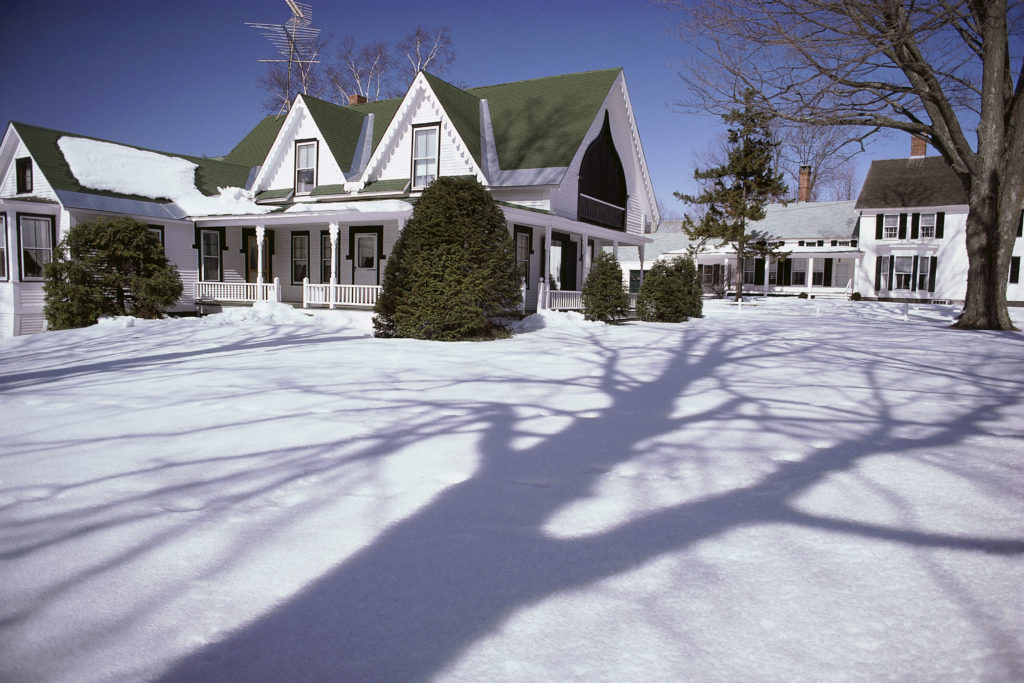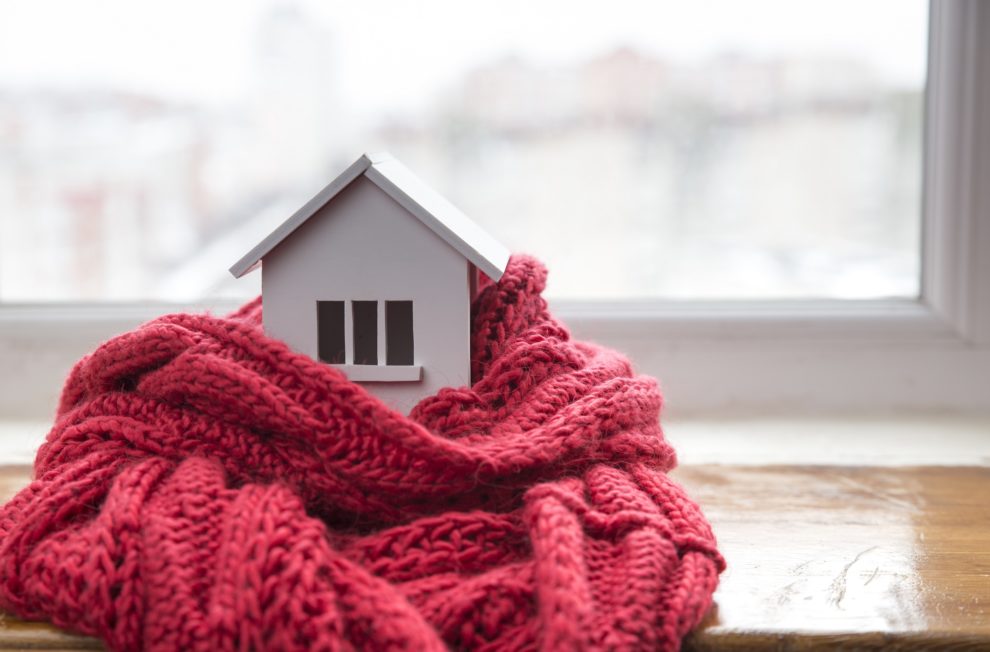Winterizing your home is a critical part of owner maintenance. The immediate benefits of staying warmer and minimizing household heating expenses are only part of the story. Taking the proper steps to prepare your residence for cold temperatures each year ultimately protects your long-term investment in preserving its condition and market value. There are many options to get your home ready for chilly outdoor temps. To get started, check out the following ten quick ways to winterize your home.

























